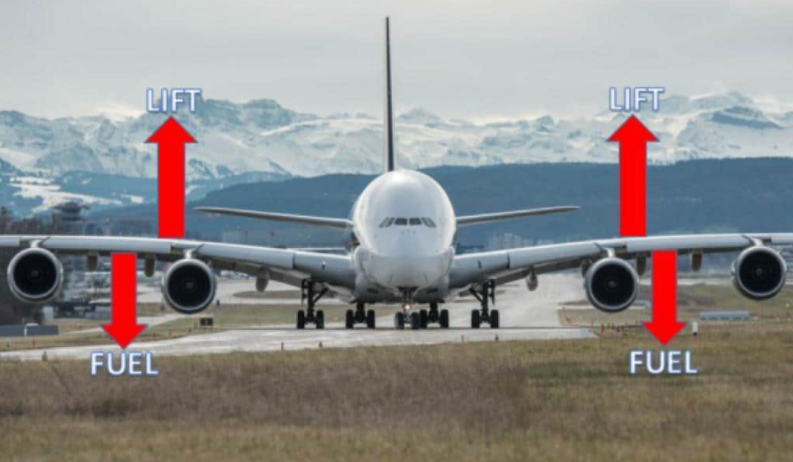What is an airplane’s zero fuel weight?
It is the weight of the aircraft after the fuel has been removed from the calculation. So, if the aircraft’s take-off weight is about 65000 kgs, and the fuel weighs 12000 kgs, the zero fuel weight is (65000 – 12000) = 53000 kgs. The weight of zero petrol is insignificant. The maximum zero fuel weight is critical for aircraft operations (MZFW). The MZFW is a structural weight for aircraft that must never be met.
To consider how MZFW is calculated, we must first comprehend how aircraft weight can cause structural stress. As you might know, lift is created by the aircraft’s wings. Since lift is a force that is produced upwards on the wing, it will pull the wings up, particularly in circumstances when there is a strong demand for lift, such as when the aircraft is banking. The wing root can be put under a lot of strain as a result of this. The burden on large aircraft is reduced to an adequate amount by storing fuel in the wings.
This is where MZFW enters the picture. Consider an aircraft with a little fuel in the wings or, for the sake of illustration, an aircraft with no fuel in the wings. Since there is nothing pulling the wing down when there is no fuel or less power, the lift is free to raise the wings up. The lift force needed increases as the aircraft’s weight increases, and the structural stress increases as well.
As a result, the MZFW ensures that the aircraft is not overloaded to the point that the wings will be stressed due to a lack of fuel in the wing tanks. It is a structural constraint that must be adhered to at all times.
Source: Aviators Spot


